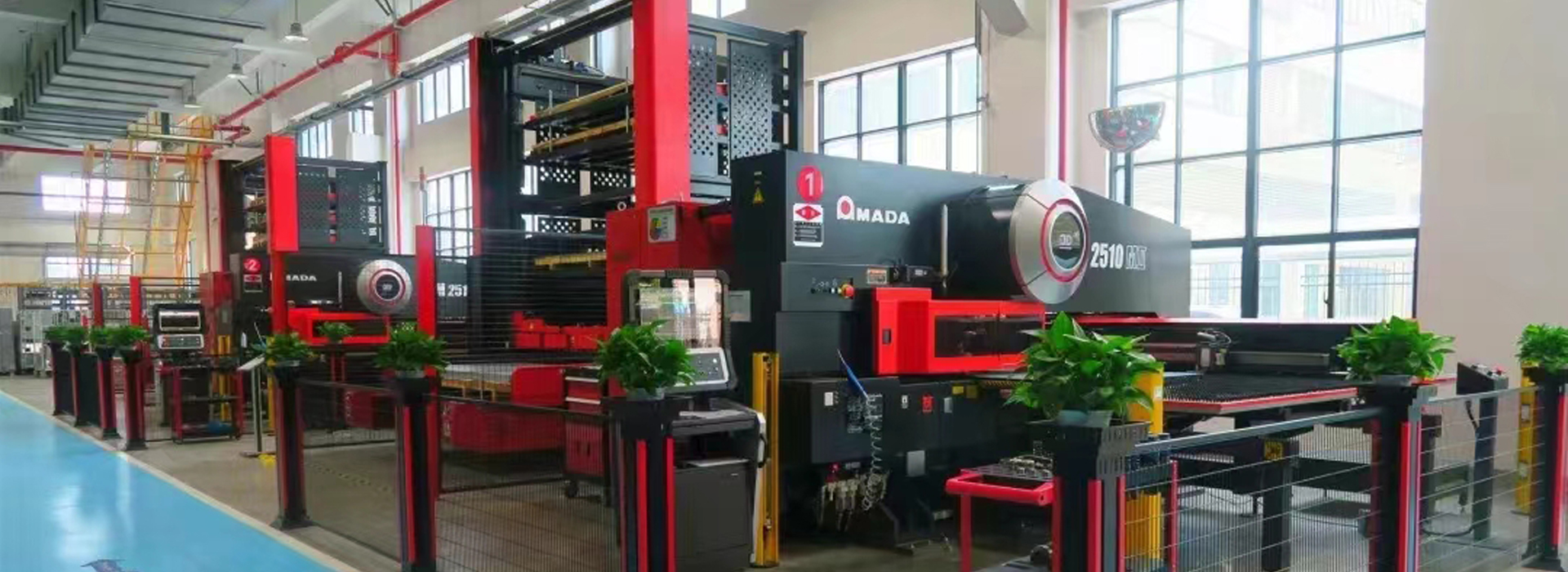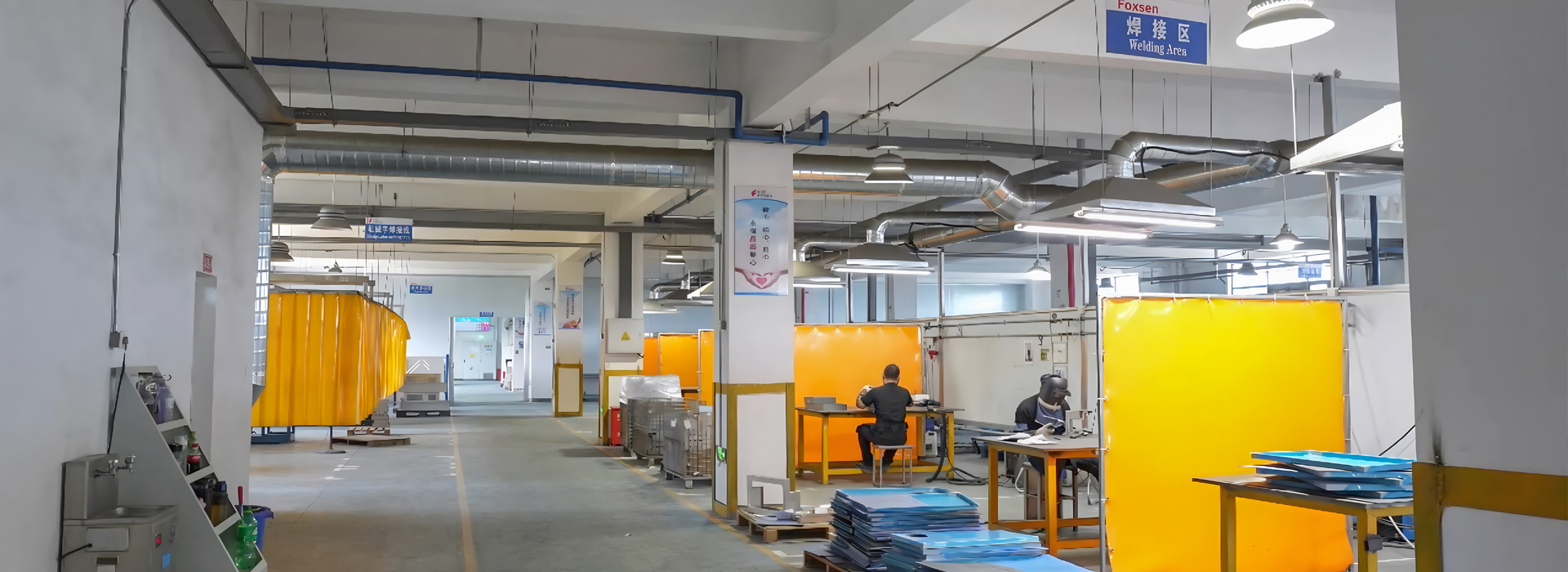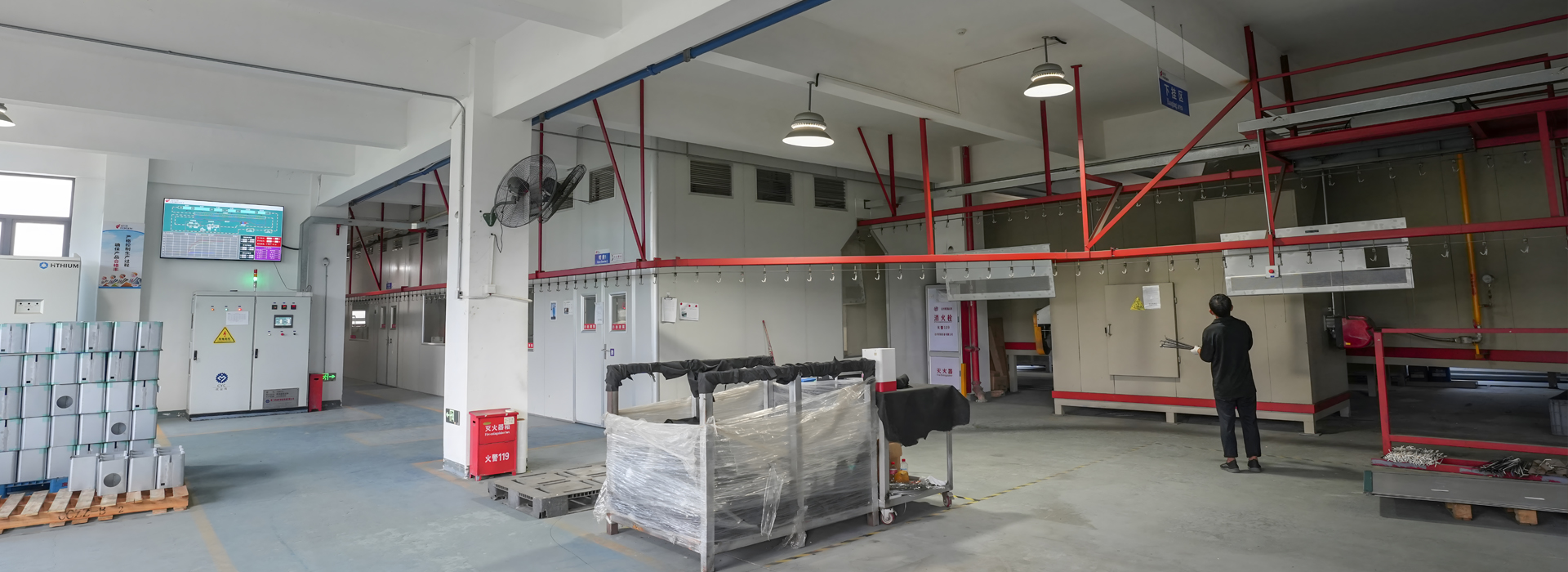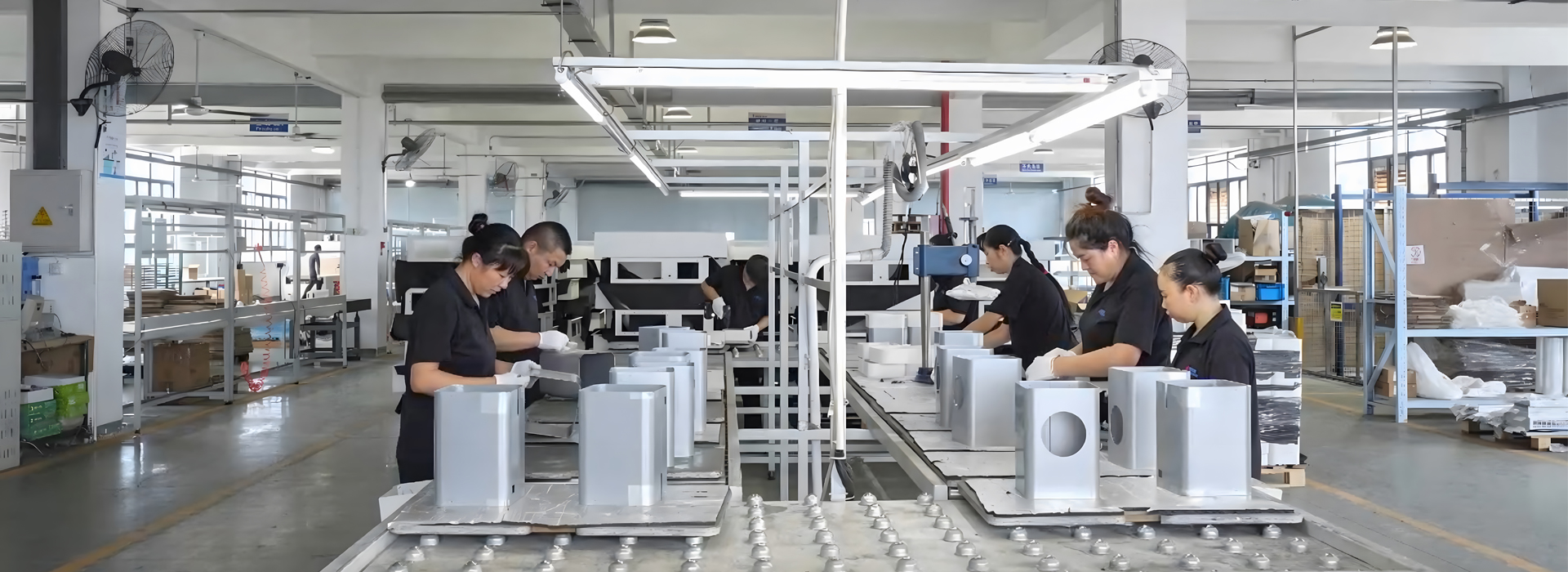If you’ve ever peeked behind the scenes of your home’s power setup or wandered through a factory’s buzzing electrical room, you’ve likely spotted an electrical meter box. It’s that sturdy metal box quietly managing the flow of electricity—think of it as the unsung hero keeping your lights on and machines humming. At Foxsen, where I’ve rolled up my sleeves with this stuff, an electrical meter box isn’t just a container; it’s a carefully crafted piece of gear, often built from sheet metal parts, designed to distribute power, house meters, and keep everything safe. Let’s break down what it is, how its shell is made, and why it matters—straight from the shop floor with some solid numbers to back it up.
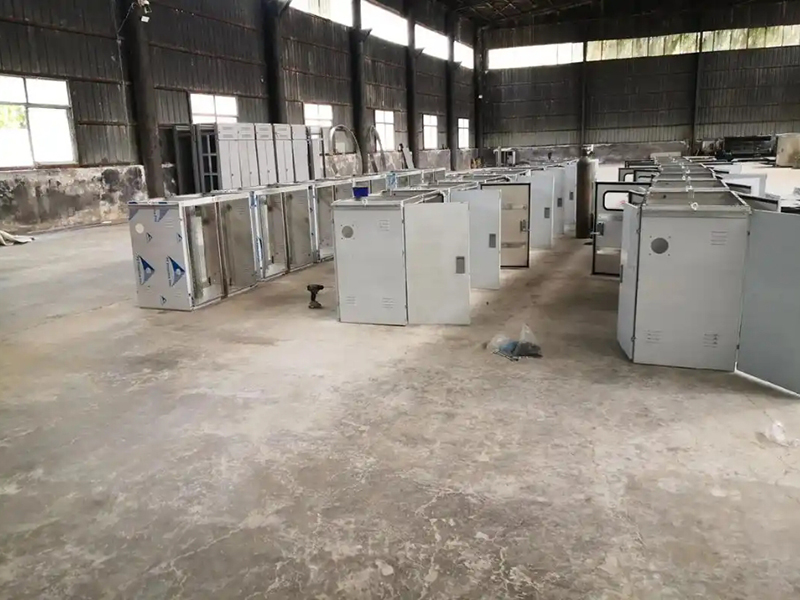
The Basics: What’s an Electrical Meter Box?
An electrical meter box—sometimes called a distribution box or low-voltage cabinet—is your power system’s command center. It’s where switches, meters, circuit breakers, and wiring come together inside a metal enclosure to control and distribute electricity. Picture it as a smaller cousin to those big switchgear cabinets in power plants, but tailored for homes, workshops, or smaller industrial setups. It handles voltages up to 1200V AC (or 1500V DC), often stepping down from high-voltage lines via transformers to feed your outlets and machines.
What sets it apart? Its shell. Made from steel or sometimes insulated materials, the electrical meter box shell—think of it as an electronic enclosure—keeps the guts safe from dust, moisture, and prying hands. It’s built tough, usually from cold-rolled steel (SPCC) at least 1.5mm thick or stainless steel (SUS304) at 2.0mm, with specs like those ensuring it can take a hit without caving in.
Diving Into the Shell: How It’s Made
The shell of an electrical meter box isn’t just slapped together—it’s a precision job with strict rules. Here’s how it comes to life, based on what I’ve seen in the trade:
Material Choice:
Steel Rules: Most boxes use SPCC (up to 3.2mm thick, yield strength 210 MPa) for cost-effective toughness or SUS304 (505 MPa tensile strength) for rust-proof durability—perfect for damp spots or outdoor setups needing IP54 protection (dust and splash-proof).
Thickness Specs: Shells start at 1.5mm, doors and panels at 2.0mm, and backplates at 3.0mm—numbers pulled straight from safety standards to handle knocks and wear.
Crafting the Shell:
Cutting: Laser cutting nails precision at 0.1mm for clean edges, while CNC punching hits 0.15mm for speed on simpler shapes—both common for Foxsen’s electronic enclosures.
Welding: Double-sided welds are a must for explosion-proof boxes, with no cracks or burn-through allowed. Weld spots stay under 8mm in diameter, with dents less than 30% of the steel’s thickness (e.g., ≤0.6mm on a 2mm sheet). Post-weld, it’s smoothed out to keep the look sharp and the seal tight.
Coating: Before spraying, grease and rust get blasted off with solvents or alkaline washes—same as prep for SPCC painting. Then, a corrosion-resistant coating goes on, uniform and free of peels or pinholes, tested with a coating thickness gauge to hit standards.
Safety Features:
Grounding: Every metal shell gets a grounding bolt (≥6mm diameter) welded on, linked to all conductive parts with tinned copper straps. No paint on grounding screws—keeps the connection solid.
Sealing: Gaps around doors stay under 1mm, and cable entries get sealed with fireproof mud or plates—crucial for explosion-proof boxes where a single spark could spell disaster.
Quality Check: Shells can’t have rust, dents, or scratches on key surfaces like the explosion-proof face. A quick test? Slide an A4 paper in the door seam—if it pulls with resistance, the seal’s good.
This isn’t just metal-bending—it’s engineering a fortress for your power setup.
What Goes Inside?
Inside the electrical meter box, you’ve got a lineup of gear:
Switches and Breakers: Rated for loads like 16A at 220V (e.g., 3.5kW, I = P ÷ V ≈ 15.9A) or 14A at 380V (7.5kW, I ≈ P ÷ (√3 × V × 0.8) ≈ 14.2A).
Wiring: Five-wire setups—three phases (yellow, green, red), neutral (blue), and ground (yellow-green)—feed in, with neat, labeled runs to terminal strips. No twists allowed; one wire per slot.
Protection: Leakage breakers kick in at ≤30mA in ≤0.1s, paired with fuses or circuit breakers—never copper wire hacks, a fire waiting to happen.
The shell’s job? Keep all this safe, sealed, and accessible—whether it’s a drawer-style box or a fixed panel setup.
Types and Where They Shine
Electrical meter boxes come in flavors to fit different needs:
Fixed Panel: Open-style with a front shield, low IP rating, used in low-demand factories.
Protective (Closed): Fully sealed except the mount face, great for on-site power control—think Foxsen’s tougher electronic enclosures.
Drawer-Style: Steel shells with pull-out units, high reliability for big plants or high-rises.
Power/Lighting: Vertical boxes for mixed loads, common in workshops.
They pop up everywhere—homes (1.6m-1.8m off the floor), factories (50-100mm bases), or public spaces (1.5m dark-mounted)—metering power, protecting circuits, and keeping things humming.
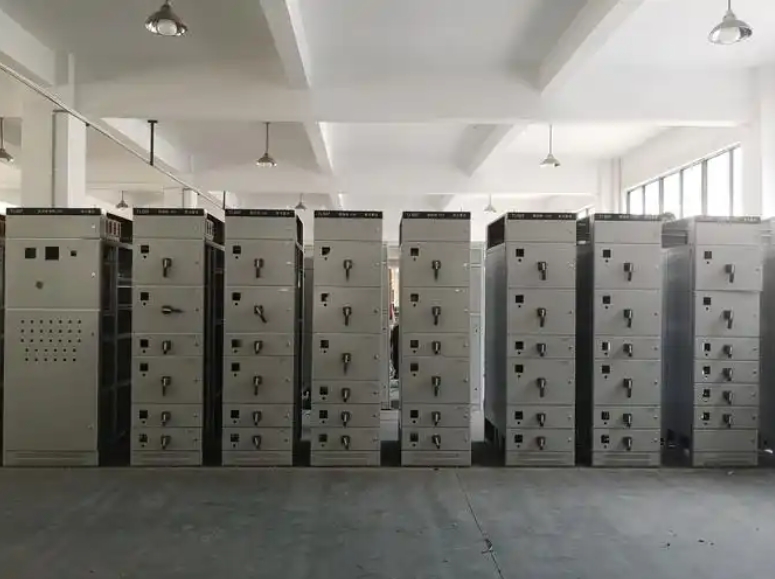
Why It Matters
An electrical meter box isn’t just a box—it’s your safety net. A shell built to 2.0mm thickness, welded tight, and coated to last can shrug off a 60°C summer day or 80% humidity without breaking a sweat. Mess up the grounding or skip the seals, and you’re flirting with sparks—or worse, a blaze. At Foxsen, we’ve seen how a solid electronic enclosure—cut to 0.1mm precision, bent with edges at least h ≥ r + 2t (e.g., 6mm for a 2mm sheet)—keeps the power flowing and the risks at bay. Next time you flip a switch, tip your hat to that quiet metal guardian—it’s earned it.

